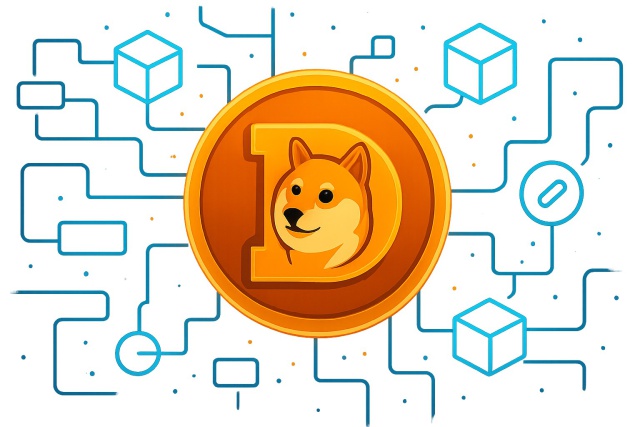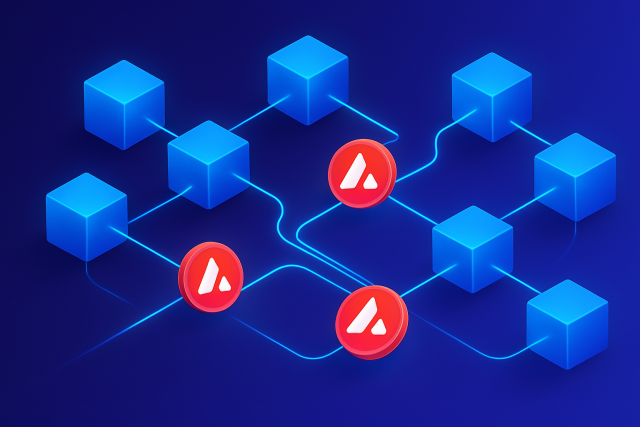Zilliqa Sharding Technology Explained Simply

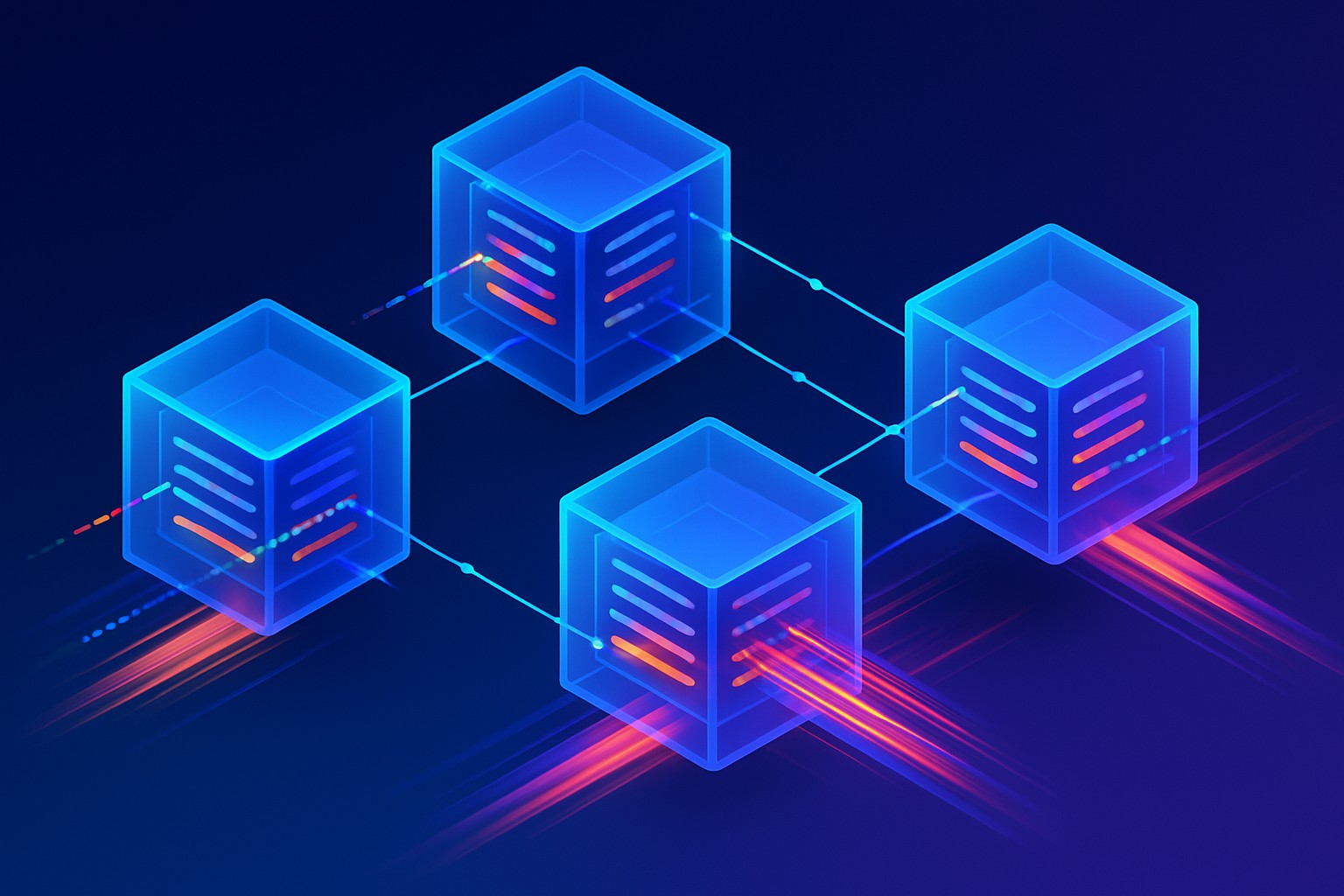
Zilliqa is quite the innovative blockchain platform designed specifically to tackle those pesky scalability challenges head-on by using sharding technology. As a noteworthy altcoin in the crypto space, it’s all about backing high-throughput decentralized applications while making sure transactions stay both efficient and secure
So, What Exactly Does Sharding Mean in Blockchain?
Sharding chops up a blockchain network into smaller chunks called shards, with each shard able to handle transactions simultaneously.
Sharding plays a key role in making blockchains more scalable because traditional ones often hit a wall when every node has to verify every transaction, leading to congestion and frustrating delays in confirmations. By splitting the network into smaller manageable chunks, sharding lets transactions zip through much faster. It’s not all smooth sailing—there are tricky challenges like ensuring communication between these parts stays secure and consistent while safeguarding the network’s overall security and decentralization.
Zilliqa Tackles Sharding Technology In Depth
Zilliqa employs a unique three-layer sharding setup that’s clever. Network sharding groups nodes into shards like splitting a big team into smaller squads. Transaction sharding chops the data payload into bite-sized pieces so everything can be processed simultaneously. Computational sharding spreads out smart contract execution tasks across different shards to ensure no single part gets overwhelmed.
- Network Sharding breaks down participating nodes into bite-sized groups, so each one can handle its own slice of transactions without getting overwhelmed.
- Transaction Sharding tosses incoming transactions across various shards, cranking up parallel processing and giving speed a nice little boost.
- Computational Sharding lets smart contracts do their thing inside specific shards, which not only fine-tunes resource use but also helps ease those pesky bottlenecks we all hate.
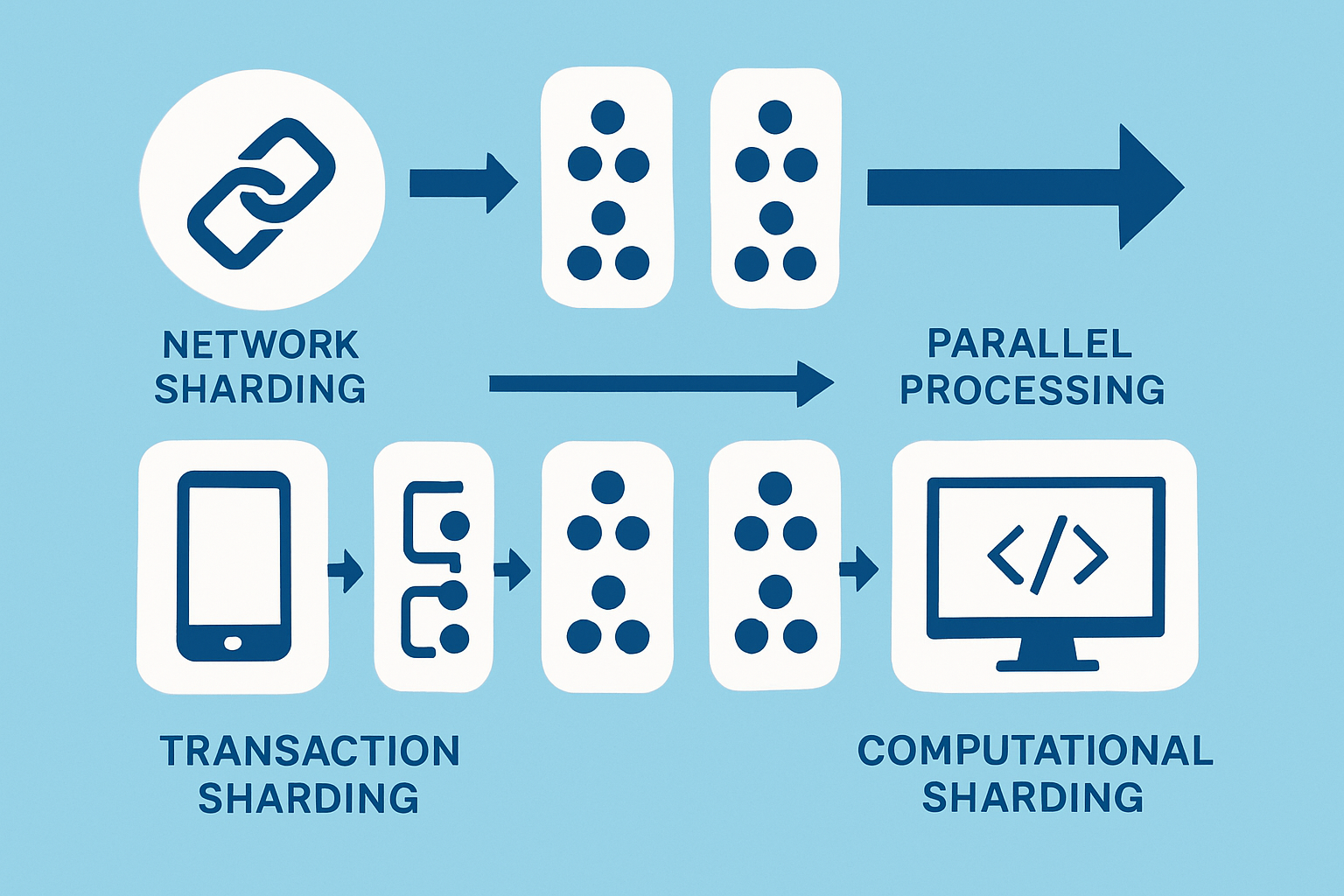
Zilliqa manages to scale in an almost linear fashion by using this clever sharding method. As more shards join the network, the platform’s transaction capacity ramps up alongside, allowing it to breeze through thousands of transactions per second.
How Consensus Comes Together in Zilliqa
Zilliqa's consensus system cleverly mixes Proof-of-Work (PoW) with practical Byzantine Fault Tolerance (pBFT). PoW acts as the gatekeeper and mostly establishes identity while keeping sybil attacks at bay. pBFT takes center stage within each shard and delivers fast, reliable agreement on blocks like clockwork.
This hybrid approach really plays well with sharding by letting smaller groups of nodes within each shard hammer out consensus more efficiently. It usually means lower latency and less energy burned compared to running proof-of-work across the whole network.
"Zilliqa’s hybrid consensus model strikes a clever balance between security and performance by relying on PoW to set up rock-solid identities, while pBFT swoops in to deliver speedy finality within shards. It’s a real game changer when it comes to scaling blockchains." – A Zilliqa core developer
Performance and Practical Testing of Zilliqa A Closer Look Under the Hood
| Blockchain | Throughput (TPS) | Latency (secs) | Scalability Approach |
|---|---|---|---|
| Bitcoin | 7-10 | About 600 | Runs on a single chain, no sharding involved — old school but reliable |
| Ethereum | 15-30 | Around 15 | Single chain, currently proof-of-work but soon to switch gears to proof-of-stake |
| Zilliqa | 2000+ | Between 2 and 5 | Uses a clever mix of network, transaction, and computational sharding — multitasking at its best |
| Polkadot | 1000+ | Roughly 6 | Leverages parachains, basically parallel chains working side by side |
| Solana | 50000+ | Less than 1 | Blazing fast proof-of-stake setup that skips sharding altogether — speed demon vibes |
Testing Zilliqa in real-world conditions really puts it through its paces and it holds up impressively well—keeping latency low while throughput stays high even when the transaction load gets hefty. Stress tests reveal that transaction speeds don’t just hold steady but actually ramp up smoothly as new shards kick into gear.
- Zilliqa really shines when it comes to scalability as its throughput tends to pick up steam smoothly with the addition of more shards. It is like adding lanes to a busy highway—traffic flows better the more you add.
- It manages to keep transaction fees nice and affordable which is a big win for microtransactions and situations where things are moving fast and furious in volume.
- The hybrid consensus method it uses does a neat job of cutting down energy consumption compared to proof-of-work blockchains which feels like a breath of fresh air.
- The network’s complexity and the required cross-shard communication do toss in a few extra operational headaches and on occasion can slow things down a bit.
- Plus there are some natural limits when running complex smart contracts that need to interact across shards—nothing insurmountable but definitely something to keep in mind.
Usability and Support Within the Ecosystem
When it comes to usability and support, the ecosystem really shines in its own unique way. You might find yourself pleasantly surprised by just how intuitive things are, even if you’re not exactly a tech wizard. The support options are there when you need them, ready to back you up like a reliable friend. Navigating this space feels less like a chore and more like a well-guided stroll, which, honestly, is something I appreciate more than I can say.
Zilliqa offers a solid lineup of developer tools including its own smart contract language called Scilla that puts safety and formal verification front and center. The platform boasts an active community and detailed documentation which help take the edge off the learning curve.
Scilla's clean and straightforward design and thoughtfully built developer portal make it easy to dive in whether you are a fresh face or a coding veteran.
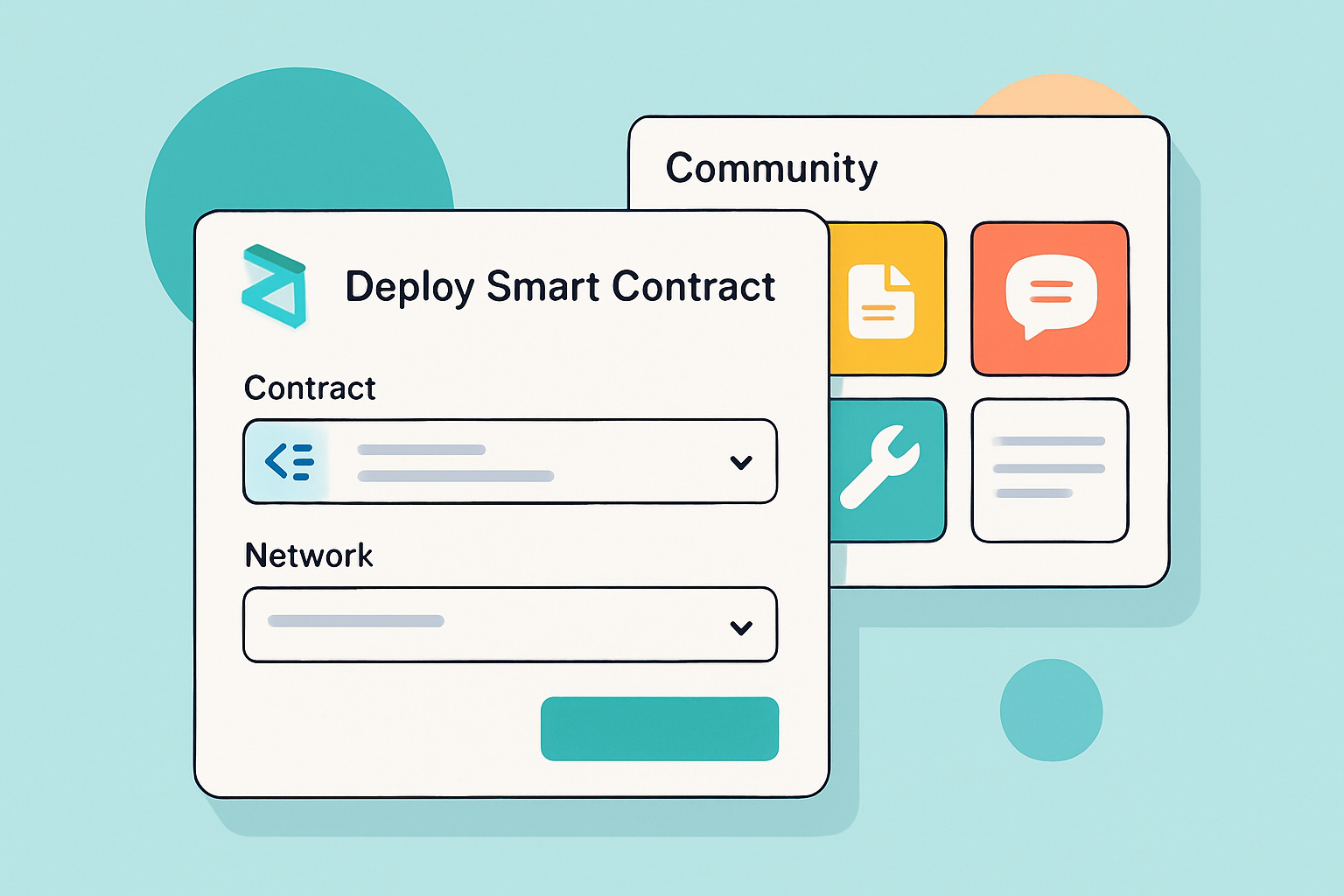
Getting to Grips with Zilliqa's Pricing and What Makes It Tick
Zilliqa’s native token ZIL powers transactions and smart contract operations across the network. Its market price often mirrors growing investor confidence which is largely driven by the technology’s impressive scalability perks. For developers ZIL is a dream offering low fees and speedy confirmation times that make it a natural choice for building high-throughput applications.
Unlike other scalable blockchains like Polkadot and Solana, Zilliqa stands out by offering native sharding alongside a solid emphasis on secure and formal verification within its smart contracts. Some platforms might boast higher raw throughput, but Zilliqa manages to strike a pretty nice balance with its low transaction fees and rock-solid security.
Advantages and Drawbacks of Zilliqa Sharding Technology
When diving into the world of blockchain, Zilliqa's sharding technology often steals the spotlight—deservedly so, but it is no magic bullet. While it brings some impressive perks to the table, it’s also fair to say it comes with its own set of quirks and trade-offs. Let us unpack what makes it tick, along with the little challenges that come bundled in.
- Zilliqa’s sharding really nails genuine linear scalability, allowing the network to grow smoothly without breaking a sweat.
- Its hybrid consensus protocol cranks up security while ensuring transactions get finalized quickly.
- The Scilla smart contract language steps up safety by using formal verification methods as a safety net.
- Transaction costs on the platform tend to stay low, helping to keep the door open for more users to jump in.
- The network’s complexity and the need to keep shards in sync can cause operational headaches and occasional delays.
- Adoption isn’t all sunshine either. It faces stiff competition from newer high-throughput chains and the usual user reluctance to switch.
Final Thoughts and Recommendations
Well, after wading through all the details and nuances, here are some final thoughts to keep in mind. It’s always a good idea to take these recommendations with a grain of salt—you know how things can change, and no one-size-fits-all solution exists. That said, keeping these pointers handy might just save you some headaches down the road and help steer your efforts in the right direction. So, let’s wrap this up on a practical note and get you ready to take the next steps confidently.
Zilliqa’s clever take on sharding technology marks a significant leap forward in blockchain scalability, providing a practical and secure path to ramp up throughput without throwing decentralization out the window. Its three-layer sharding combined with a hybrid consensus mechanism delivers solid, real-world performance and keeps those pesky transaction costs nicely in check. Sure, there are still some tricky bits with complexity and cross-shard communication.
Investors and developers on the hunt for blockchain infrastructure that not only scales smoothly but also packs a serious punch in security might want to take a closer look at Zilliqa. Its sharding approach usually shines in high-transaction environments.
Start Your Crypto Journey with Coinbase Today
Ready to enter the cryptocurrency market but unsure where to begin? Coinbase makes buying, selling, and storing digital assets simple and secure for beginners and experts alike.




